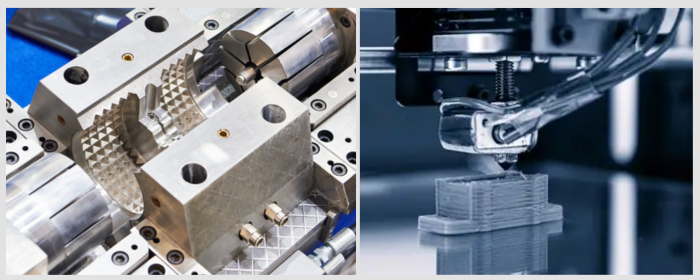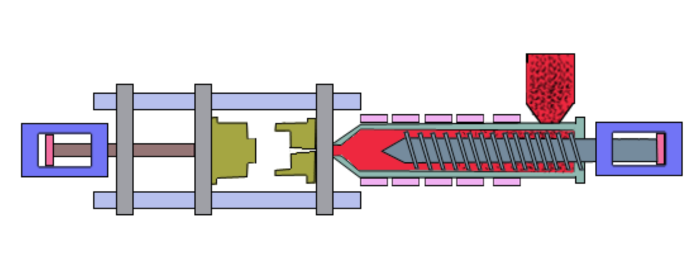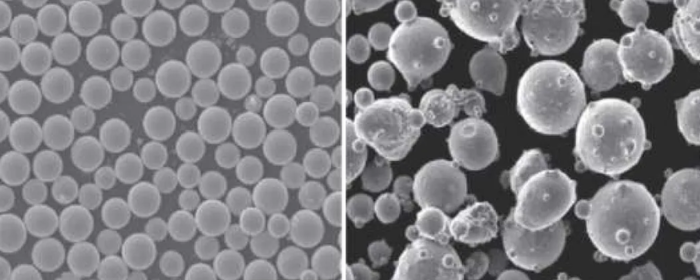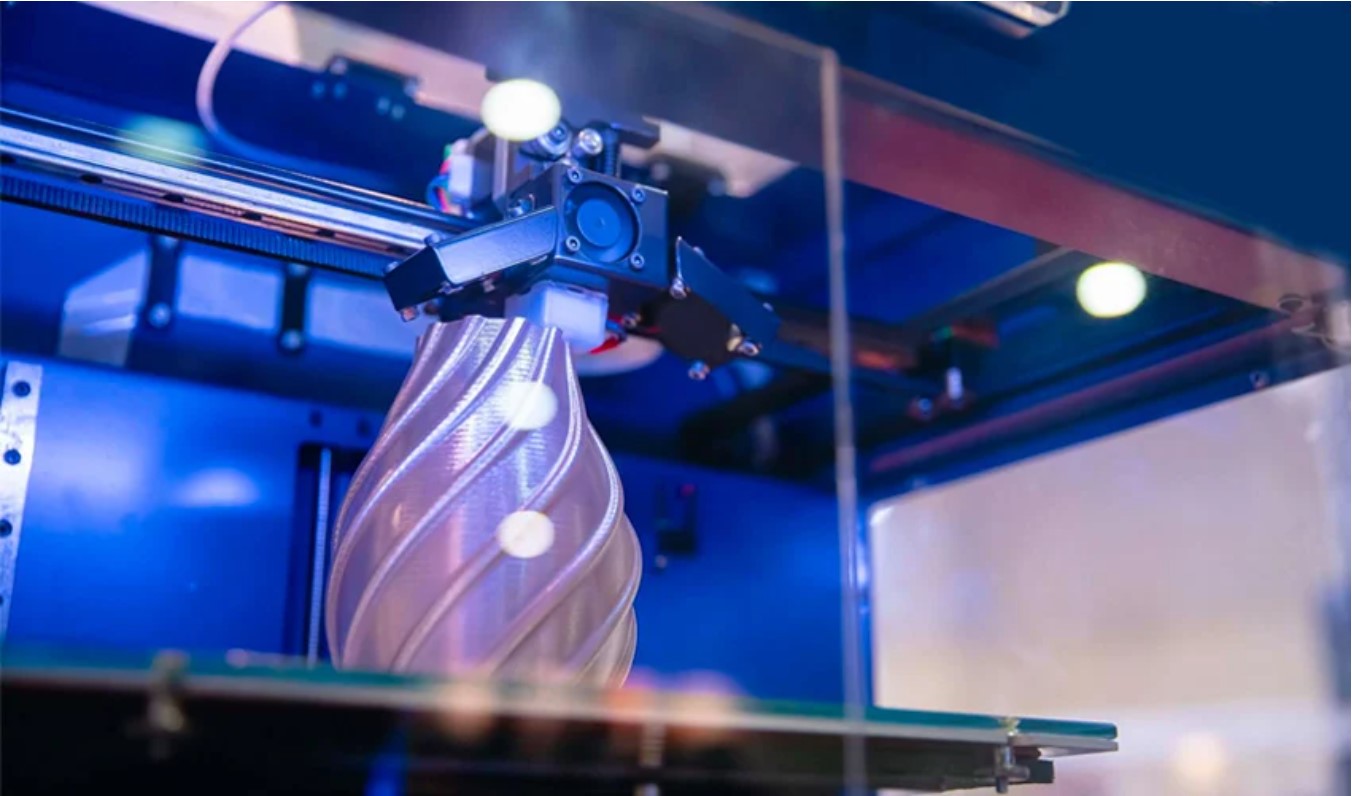

Cobalt-chromium alloy powder and titanium alloy powder are common metal powders used in 3D printing. Both materials are technologically mature in 3D printing and are widely applied in fields such as medical and aerospace.
Cobalt-chromium alloy powder is a strong metal powder that is made by adding chromium to cobalt as a base. It generally contains 15%-30% chromium, and other elements such as molybdenum, nickel, and tungsten are also added. These alloys possess excellent wear resistance and corrosion resistance. Its melting point ranges up to 1330°C, hence it possesses good strength even at high temperature.
According to different composition ratios, cobalt-chromium alloy powder can be classified into cobalt-chromium-molybdenum alloy powder, CoNiCrMo alloy powder, CoCrWNi alloy powder, etc. With different specific properties, they exist.
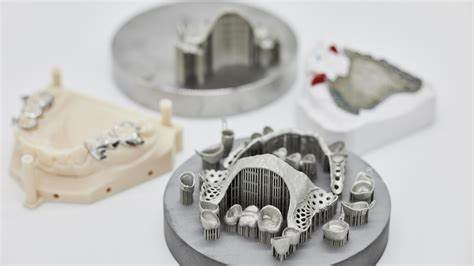
Fig 1. Cobalt-Chromium Alloy Powder for 3d Printing
Cobalt-chromium-molybdenum alloy is the most common medical cobalt-chromium alloy, with typical compositions of cobalt (60-65%), chromium (27-30%), and molybdenum (5-7%). Its peak is excellent biocompatibility, as per ASTM F75/F1537, and it is widely used for long-term implants such as artificial joints and dental restorations. Because it lacks nickel, it reduces allergy risk while possessing good casting and 3D printing (SLM/EBM) flexibility.
Cobalt-nickel-chromium-molybdenum alloys (such as MP35N) add nickel (25-35%) and a higher percentage of molybdenum (7-10%) to the cobalt-chromium base, resulting in extremely high strength and fatigue strength. Such an alloy is particularly suitable in dynamic load situations, such as aerospace fasteners and cardiovascular stent devices. Its superior corrosion resistance in seawater also makes it widely used in shipping and shipbuilding.
Cobalt-chromium-tungsten-nickel alloys (e.g., the Stellite series) significantly enhance hardness and wear resistance with tungsten (14-16%) and nickel (9-11%) additions and are therefore utilized in applications involving extreme wear and high-temperature environments. It possesses good oxidation resistance even at high temperatures and is extensively used for turbine blades, valve face seal surfaces, and cutting tool coating applications. Laser Metal Deposition (LMD) technology often utilizes it to refurbish very worn parts.
Titanium alloy powder is a type of metal fabricated by adding alloying elements such as aluminum, vanadium, molybdenum, and zirconium into a titanium matrix. The most distinguishing feature of such alloys is that they possess a high strength-to-weight ratio. Their density is only 60% of steel, but their strength is the same. Titanium alloys also possess quite good corrosion resistance, having the ability to resist corrosion of seawater, body fluid, and other chemical medium. As titanium also has better biocompatibility, titanium alloys are the priority for human implants. Just like cobalt-chromium alloy powder, titanium alloy powder also has various composition ratios. Among them, Ti6Al4V is the most widely used 3D printing titanium alloy material at present.
Ti6Al4V alloy powder consists of approximately 90% titanium, 6% aluminium, and 4% vanadium, which is of the generic α+β type titanium alloy. The alloy is of low weight but possesses mechanical strength nearly similar to that of steel and, therefore an ideal material for weight-reduction designs in aerospace. In medical use, Ti6Al4V is highly tissue-compatible and is widely used to create implants such as artificial joints and bone plates. Additionally, the corrosion resistance of the alloy in harsh environments is excellent, ensuring long-term seawater corrosion resistance, body fluids, and other chemical media. Currently, Ti6Al4V has become an important material for aircraft engine components, medical implants, and high-performance sports racing car components.
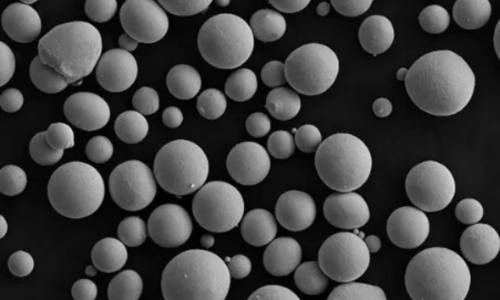
Fig 2. Spherical Ti-6Al-4V Powder
To meet higher safety requirements for material in medical implants, the Ti6Al7Nb alloy powder was developed. The Ti6Al7Nb alloy replaces vanadium in the standard Ti6Al4V with niobium and therefore avoids the potential toxicity risk of vanadium ions. The Ti6Al7Nb alloy, which is well biocompatible, exhibits superior fatigue properties and is thus particularly well-suited to implants that need to endure long-duration dynamic loading, such as artificial hip joints. Currently, this alloy is an approved medical material for application based on European Union norms and is widely applied in high-level medical devices such as spinal fixation systems and joint prostheses.
Ti5Al2.5Sn alloy powder is an α-type titanium alloy with particularly excellent high-temperature properties. In contrast to conventional Ti6Al4V, this alloy retains acceptable mechanical properties in elevated temperature environments between 300-500°C, giving it a unique excellence in the thermal end component in the aerospace industry. Additionally, the alloy exhibits excellent weldability, enabling it to be fabricated into large complex structural components.
As a representative of β-type titanium alloys, Ti10V2Fe3Al achieves very high mechanical properties through special heat treatment methods with a tensile strength of over 1200MPa. Its other highly distinct feature is that it has superior cold-working properties, thus permitting complex-shaped pieces to be made through cold-formed processes.
Reference: Titanium Grade 2 vs Grade 5: How Titanium Powders Are Classified
As learned from the introduction of the two materials above, their shared application fields are medical implants and aerospace components. So how do we choose the correct material?
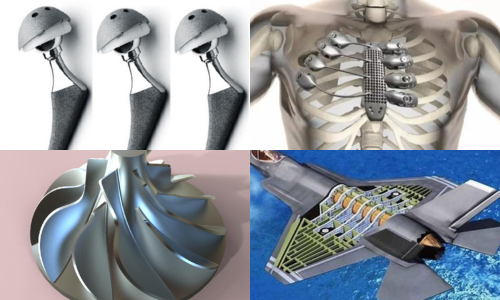
Titanium alloy powder is the mainstream material for orthopedic and dental implants in 3D printing. Titanium alloy powder is lighter in weight and more biocompatible than cobalt-chromium alloy powder. But that does not mean titanium alloys are a necessity for medical implants. In artificial joints, those components that require long-term wear resistance, such as joint surfaces, wear-resistant cobalt-chromium alloy powder has the advantage. Typical applications include femoral heads in hip joints and dental restorations, where CoCrMo alloy is commonly employed.
In the thermal end components for high-temperature and high-pressure environments, such as combustion chambers and turbine blades, the ideal choice is cobalt-chromium alloy powder. These kinds of materials can provide the assurance of structural stability under severe environments exceeding 800°C for an extended duration. Meanwhile, for the structural components in the cold end requiring lightweighting, such as fuel tank brackets and fuselage frames, there are unbeatable benefits from the titanium alloys. Their high specific strength can significantly reduce the weight of aircraft without sacrificing corrosion behavior and fatigue resistance.
Stanford Advanced Materials (SAM) offers Cobalt-Chromium Alloy Powder and Titanium Alloy Powder. For inquiries, please contact our professional sales team for pricing information: Get A Quote.

